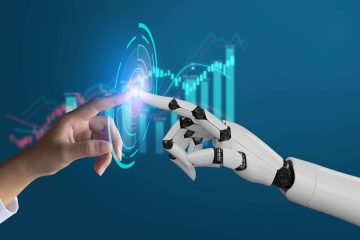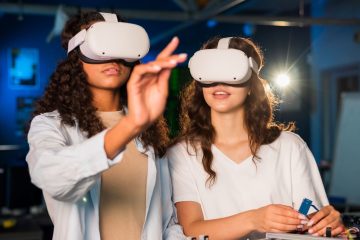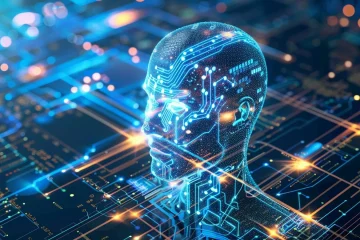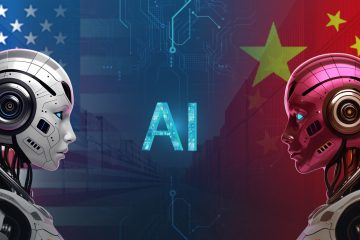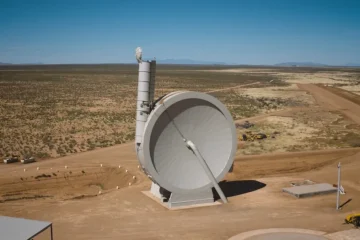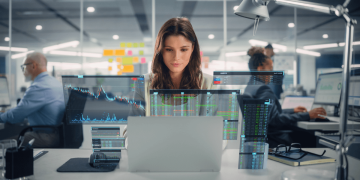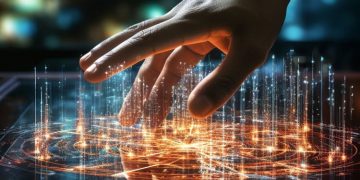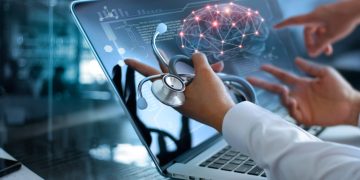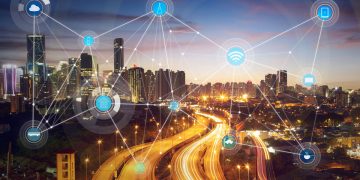The Impact of Emerging Technologies on Our Daily Lives
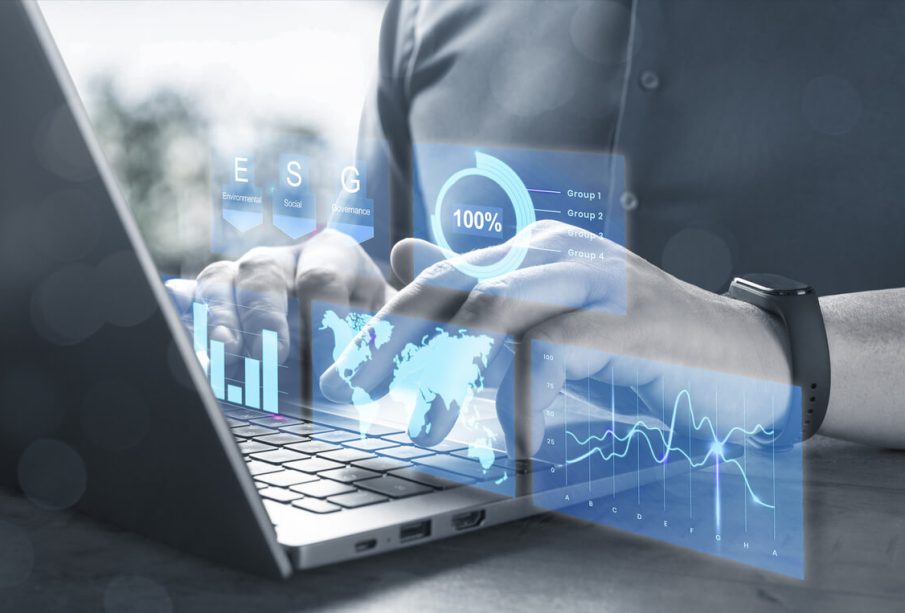
Technology is evolving faster than ever. What once seemed like science fiction—AI assistants, autonomous vehicles, smart homes, and virtual realities—are now integral parts of our everyday lives. From how we work and communicate to how we shop, learn, and entertain ourselves, emerging technologies are reshaping modern society at an unprecedented pace.
As we navigate this digital era, it’s essential to understand not only what these technologies are, but also how they’re changing the way we live. In this article, we explore the most impactful emerging technologies, their real-world applications, and what we can expect in the near future.
1. Artificial Intelligence (AI): The Smart Backbone of Modern Tech
Artificial Intelligence is arguably the most influential technology today. AI refers to machines or software that mimic human intelligence—learning from data, recognizing patterns, and making decisions.
Everyday AI Use Cases:
-
Voice assistants like Siri, Alexa, and Google Assistant help users perform tasks hands-free.
-
Recommendation engines on platforms like Netflix or Amazon tailor content and shopping suggestions.
-
Smart cameras and facial recognition enhance security and convenience.
-
Customer support chatbots offer 24/7 assistance on websites and apps.
In more advanced scenarios, AI is used in healthcare diagnostics, fraud detection, language translation, and predictive analytics for businesses. As AI continues to evolve, it will become even more integrated into sectors like education, manufacturing, logistics, and entertainment.
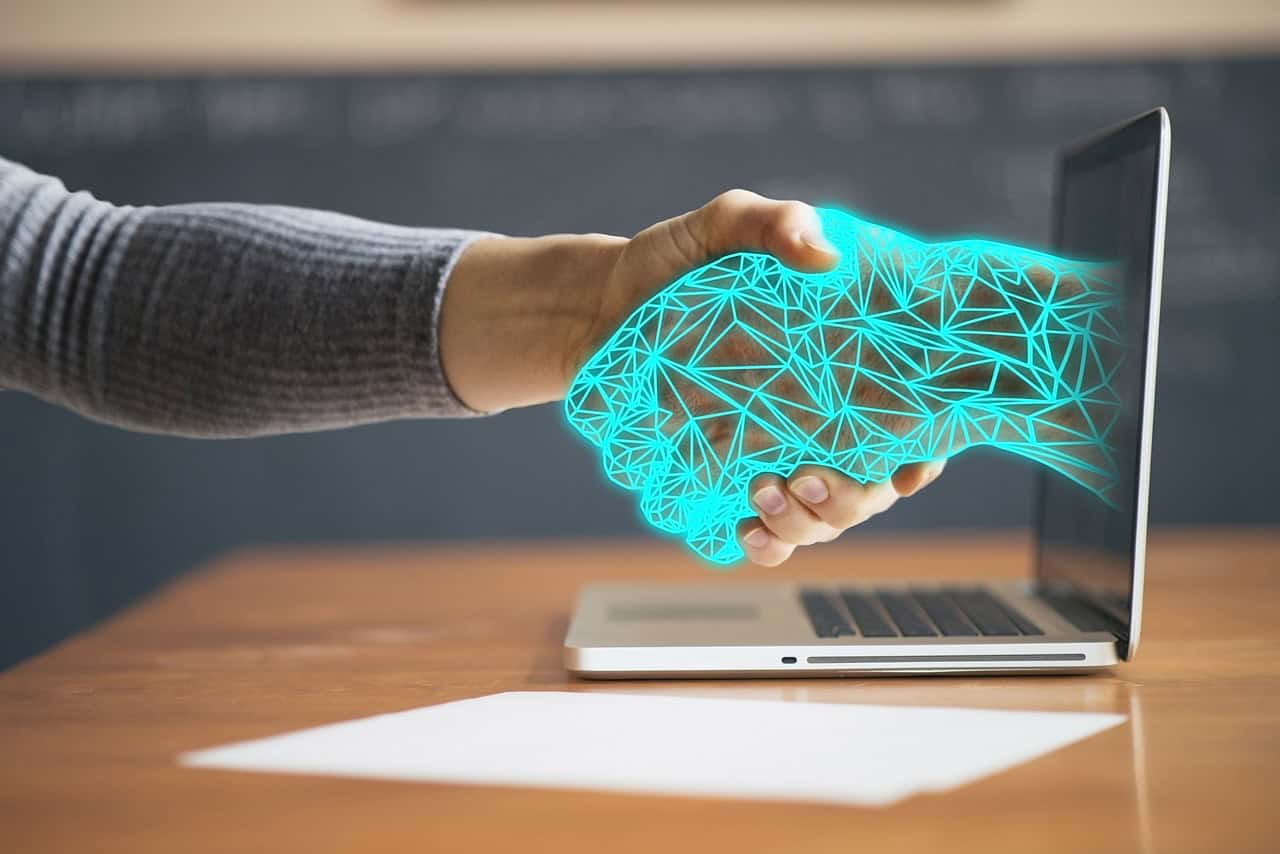
2. Internet of Things (IoT): A Connected World
The Internet of Things (IoT) refers to the network of physical devices—smartphones, wearables, home appliances, vehicles—that are connected to the internet and can exchange data.
Examples of IoT in Daily Life:
-
Smart thermostats like Nest that adjust temperatures based on your habits.
-
Fitness trackers like Fitbit that monitor heart rate, steps, and sleep patterns.
-
Smart refrigerators that track food inventory and suggest shopping lists.
-
Connected cars that offer real-time navigation and vehicle diagnostics.
IoT is not just about convenience; it’s transforming cities into smart cities with intelligent traffic systems, automated waste management, and efficient energy usage. This connectivity is revolutionizing industries by offering data-driven insights and operational efficiencies.
3. 5G Technology: Speeding Up the Future
5G, the fifth generation of mobile networks, promises blazing-fast internet speeds, ultra-low latency, and the ability to connect more devices simultaneously.
How 5G Affects You:
-
Buffer-free streaming of 4K and 8K video content.
-
Faster downloads and uploads, making mobile productivity seamless.
-
Real-time gaming, AR/VR experiences, and video calls without lag.
-
Enhanced remote work and learning with better video quality and responsiveness.
Beyond consumer benefits, 5G is enabling new innovations like remote surgeries, autonomous vehicle communication, and real-time industrial automation.
4. Cloud Computing: The Invisible Powerhouse
Cloud computing allows data storage, processing, and software access over the internet rather than on a local computer. This flexibility is foundational to modern digital life.
Key Advantages of Cloud Technology:
-
Scalability: Businesses can adjust resources based on demand.
-
Accessibility: Work and collaborate from anywhere.
-
Cost-efficiency: Reduced need for expensive hardware and infrastructure.
-
Security and backup: Automatic updates and disaster recovery.
Popular platforms like Google Drive, Dropbox, Microsoft OneDrive, and Amazon Web Services (AWS) are examples of cloud services used by millions daily—for everything from storing documents to running enterprise-level applications.
5. Cybersecurity: Defending the Digital World
As we become more reliant on digital systems, cybersecurity has taken center stage. Every connected device is a potential entry point for hackers, making protection of data, privacy, and systems a top priority.
Common Cyber Threats:
-
Phishing attacks: Fraudulent emails that trick users into revealing sensitive information.
-
Ransomware: Malware that locks files and demands payment for release.
-
Data breaches: Unauthorized access to private data, affecting both individuals and organizations.
To counter these threats, companies are using AI-driven security, two-factor authentication (2FA), biometric logins, and end-to-end encryption to secure digital assets.
6. Augmented Reality (AR) and Virtual Reality (VR): A New Dimension of Interaction
AR and VR are immersive technologies that are changing how we interact with digital content.
-
AR overlays digital elements onto the real world. (Example: Pokémon GO or AR-enabled shopping apps)
-
VR creates fully immersive digital environments through headsets like Oculus Rift or PlayStation VR.
Use Cases:
-
Education: VR simulations for training doctors, pilots, and engineers.
-
Retail: Try-before-you-buy AR features for furniture and clothing.
-
Real estate: Virtual tours of homes and commercial properties.
-
Entertainment: Immersive gaming and interactive storytelling.
These technologies offer practical solutions as well as innovative entertainment experiences, with broad applications still being explored.
7. Blockchain: More Than Just Cryptocurrency
While best known for powering Bitcoin and Ethereum, blockchain is a decentralized digital ledger that records transactions across many computers.
Beyond Crypto:
-
Supply chain transparency: Tracking goods from source to consumer.
-
Digital identity verification: Securing personal data and credentials.
-
Smart contracts: Automatically executing agreements without intermediaries.
-
Secure voting systems: Reducing election fraud and increasing trust.
Blockchain is also gaining ground in areas like finance, healthcare, and real estate, offering greater transparency and reducing fraud.
8. Automation and Robotics: Machines Doing the Heavy Lifting
Automation is streamlining repetitive tasks, both in physical environments and digital workflows.
Real-Life Examples:
-
Robotic process automation (RPA) in banking and customer service.
-
Robots in manufacturing that improve speed and precision.
-
Automated checkout systems in retail stores.
-
Self-driving vacuum cleaners and mowers in smart homes.
While automation boosts productivity, it also raises important questions about job displacement and the future of work, urging a shift toward reskilling and education in digital competencies.
What the Future Holds
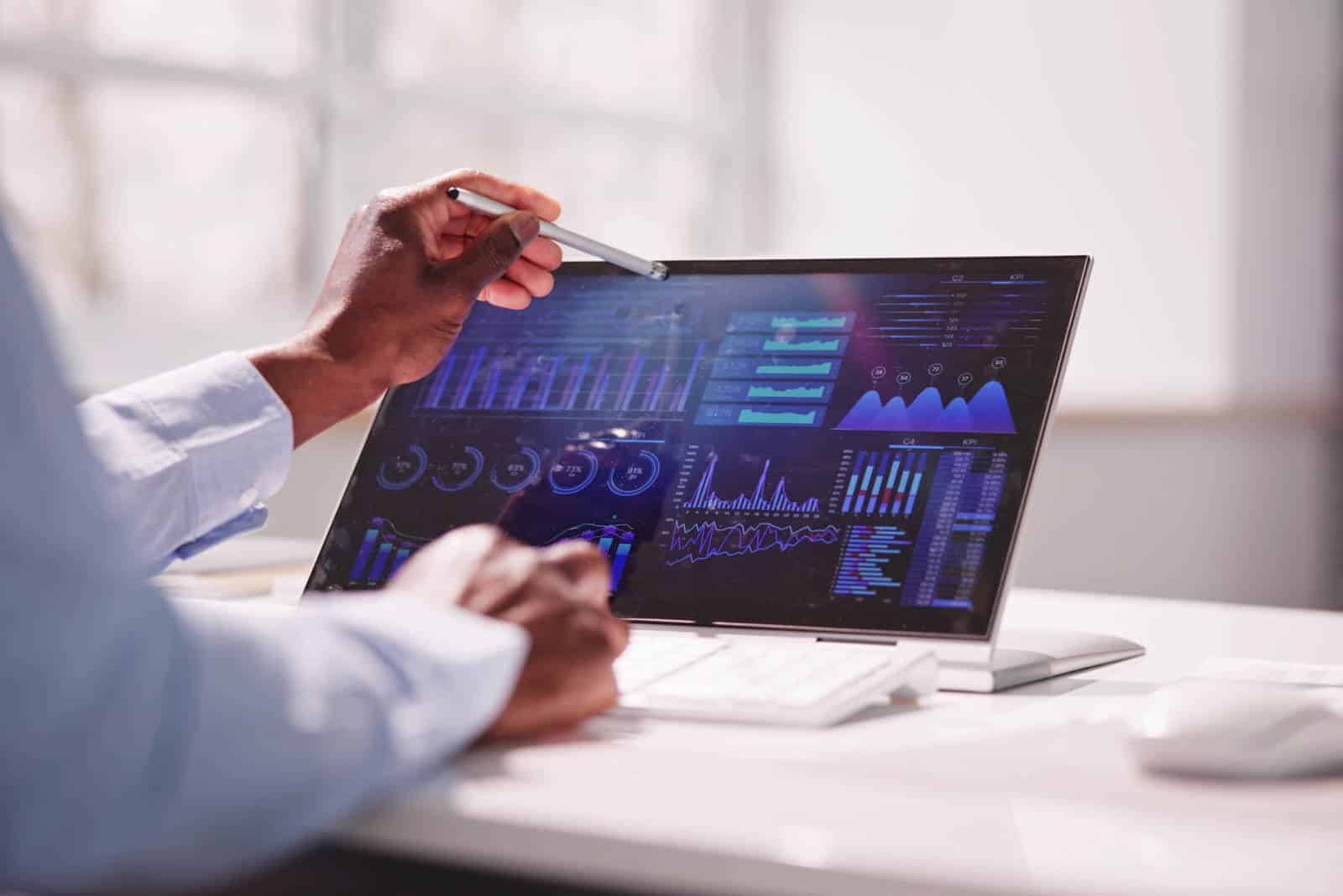
The pace of technological innovation shows no signs of slowing. In the next decade, we can expect:
-
More intelligent AI capable of human-like reasoning.
-
Wider adoption of smart homes and smart cities.
-
Mainstream use of mixed reality (AR/VR) in work and social life.
-
Integration of AI in education, personalized learning, and digital classrooms.
-
Quantum computing breakthroughs that solve previously unsolvable problems.
As we move forward, balancing innovation with privacy, ethics, and digital inclusion will be key. Governments, businesses, and individuals must work together to ensure that technology remains a force for good.
Final Thoughts
Technology is no longer a tool we use occasionally—it’s woven into the fabric of our everyday lives. From the way we work and learn to how we communicate, shop, and even think, emerging technologies are reshaping our world in profound ways.
By understanding these innovations and how they affect us, we can make smarter decisions, prepare for future opportunities, and ensure that progress benefits everyone—not just a select few. The future is digital, and it’s already here.

